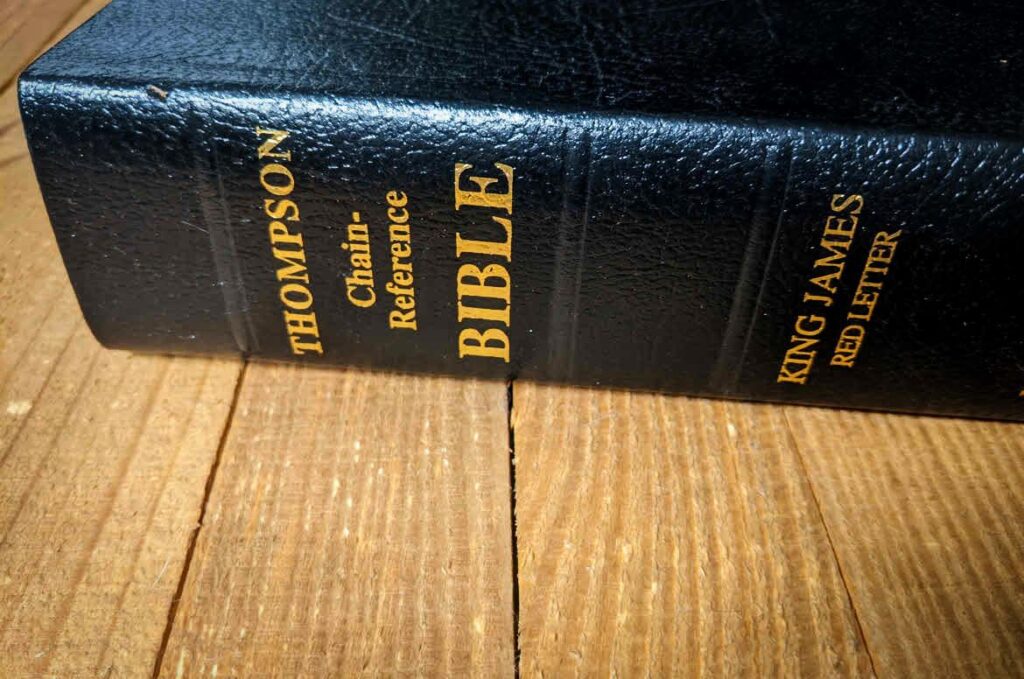
The Thompson Chain Reference Bible is a study system for the Bible which was developed by the Reverend Dr. Frank Charles Thompson in the early 1900s.
The system is based on the idea of providing a comprehensive list of cross-references, concordances, and other study tools within the text of the Bible.
The concept behind the Thompson Chain Reference Bible system is that the Bible is one interconnected whole, and that the themes, concepts, and teachings of the Bible are interconnected and interrelated. The system provides a framework for studying the Bible by connecting related verses and passages together.
The system uses chain-linked references, where related verses are linked together through a chain of references. These references are placed in the margins of the text, and are organized by topic, which allows the reader to quickly find related verses and passages on a specific topic.
The Thompson Chain Reference system also includes a concordance, which allows the reader to easily find verses containing specific words or phrases, and a Bible dictionary that provides additional information on the people, places, and customs mentioned in the text.
The Thompson Chain Reference system is widely used by many Bible students and scholars, as it provides a comprehensive and organized way to study the Bible.
Alternative Bible study systems
There are several alternative resources to the Thompson Chain Reference system for studying the Bible. Some of these include:
Cross-reference Bibles: These Bibles provide a system of cross-references within the text, similar to the Thompson Chain Reference system. They are often organized by topic or theme, making it easy for the reader to find related verses and passages.
Study Bibles: These Bibles provide additional notes, commentary, and study aids within the text. They are often written by scholars and theologians, and provide a deeper understanding of the historical, cultural, and literary context of the text.
Bible dictionaries and encyclopedias: These resources provide additional information on the people, places, and customs mentioned in the text. They can be used in conjunction with a study Bible or cross-reference Bible.
Bible commentaries: These resources provide detailed explanations and interpretations of the text. They can be written by individuals or groups of scholars, and can be used in conjunction with a study Bible or cross-reference Bible.
Online resources: There are many online resources available for studying the Bible such as Bible study websites and apps, which provide a variety of tools such as concordances, commentaries, and devotionals.
Personal study and reflection: One of the most important resources to study the Bible is personal study and reflection. Reading the Bible, meditating on it, and praying for understanding can be the most powerful way to gain a deeper understanding of the text.
Ultimately, the choice of bible study systems depends on the individual’s preference and the purpose of the study. Different resources may be more suitable for different types of study and different levels of understanding of the text.
